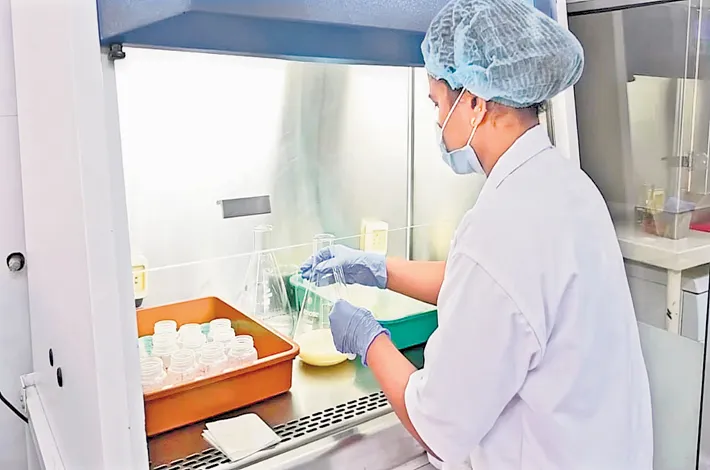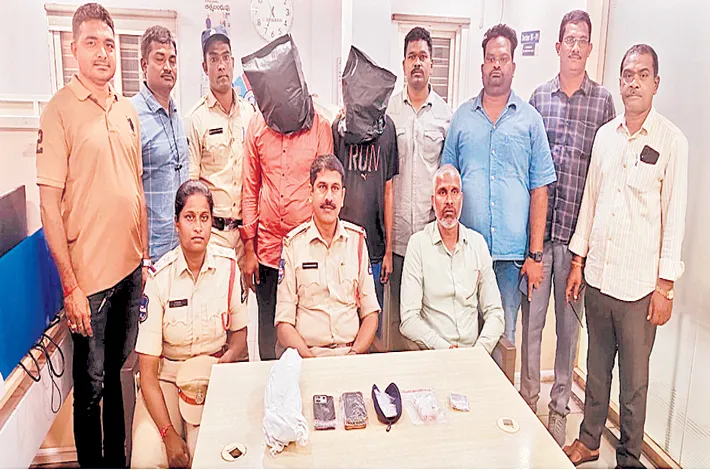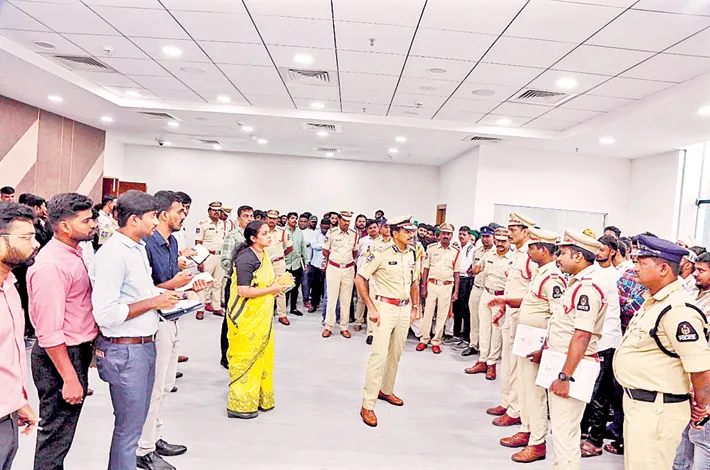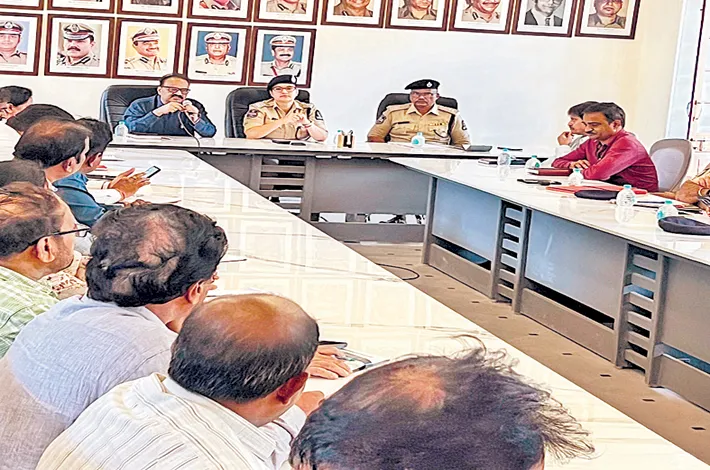Andhra Pradesh bets on human milk banks
18-04-2025 12:00:00 AM

■ The milk banks will collect, pasteurize, and store breast milk donated by willing mothers
■ Donor milk will then be supplied to infants who are unable to receive breast milk from their own mothers
■ Studies show that access to human milk can improve recovery rates by nearly 50 percent
■ Currently, there are only about 40 milk banks across the country
kiranmai tutika I AMARAVATI
In a renewed effort to combat neonatal mortality and improve infant health outcomes, the Andhra Pradesh government is preparing to set up human milk banks in key districts, including Visakhapatnam, NTR, and one district in the Rayalaseema region. The proposed banks will be established within government hospitals equipped with pediatric care units.
The initiative, first conceptualized in 2016 with plans to launch a milk bank at King George Hospital (KGH) in Visakhapatnam, remained dormant for years due to administrative and logistical challenges. However, officials from the Health Department have now revived the proposal and are actively working on the budget and infrastructure planning needed to bring it to fruition.
The core objective of the milk bank initiative is to support premature and low birth weight infants, who are at a higher risk of mortality and health complications. The milk banks will collect, pasteurize, and store breast milk donated by willing mothers, especially those admitted in the same hospital. This donor milk will then be supplied to infants who are unable to receive breast milk from their own mothers due to medical or lactation issues.
Speaking to Metro India, Dr. S. Gowri, a pediatrician, emphasized the critical role milk banks can play in saving lives. “A mother’s milk is rich in antibodies and essential nutrients. For premature babies whose mothers are unable to lactate, donated breast milk can be a game changer. Studies show that access to human milk can improve recovery rates by nearly 50 percent. However, societal awareness is key — parents must see this like a blood bank, where donations can mean the difference between life and death,” she said.
India, despite its high infant mortality rate, still lags behind many developed nations in the number and spread of human milk banks. Currently, there are only about 40 milk banks across the country, with a significant number run by private healthcare institutions. Neighboring Telangana has made strides in this direction, although most of its banks are also operated privately, with only one run by the state government.
“In 2016, we proposed a milk bank at KGH, Visakhapatnam, to address the high infant mortality in North Coastal Andhra — particularly in Srikakulam, Vizianagaram, Visakhapatnam, and East Godavari districts,” a senior health department official recalled. “Despite approval in principle, the project was not executed due to logistical bottlenecks. Now, we are re-submitting the proposal with renewed urgency.”
District Medical and Health Officer (DMHO) of NTR district, Dr. T. Padmaja Rani, said the success of this initiative would also depend on public acceptance. “There is still a stigma around using donor milk, especially in rural and semi-urban areas. But we need to start treating breast milk like blood — a lifesaving biological resource. Once people begin to understand that, they will be more open to donating and receiving milk through the bank,” she said.
She added that the new banks will follow stringent safety and hygiene protocols. “The collected milk will be pasteurized, stored under controlled conditions, and distributed only after quality checks. It’s completely safe. Once operational, these milk banks will provide critical support to newborns in public hospitals, particularly those in economically disadvantaged communities.”








